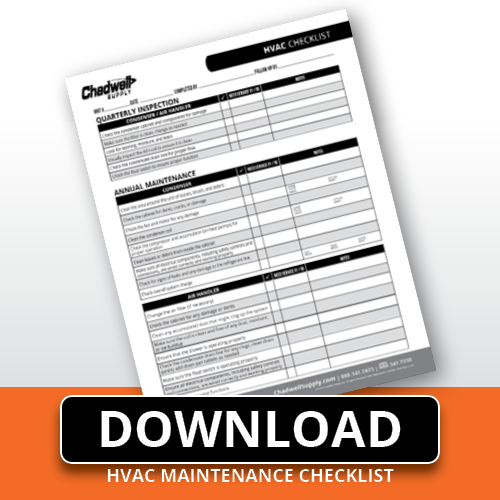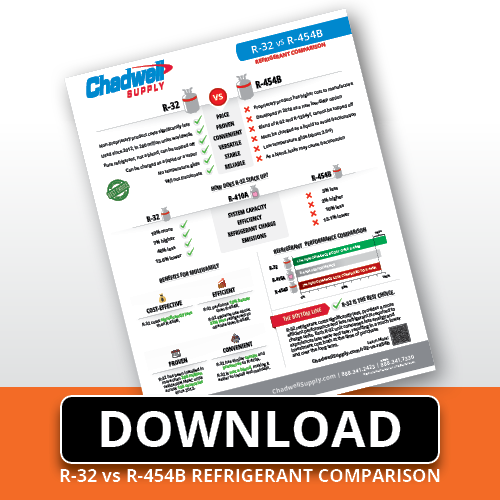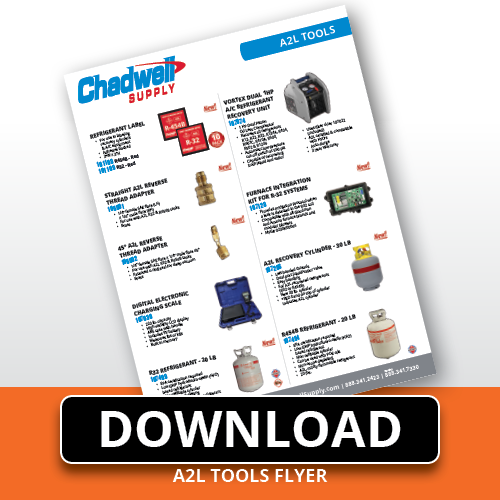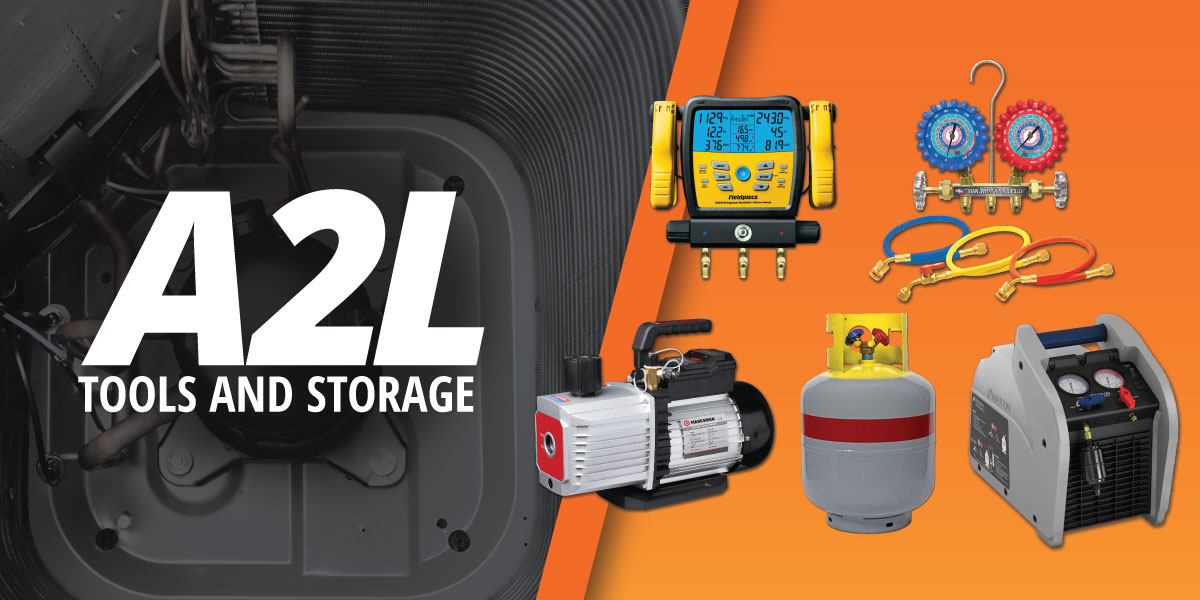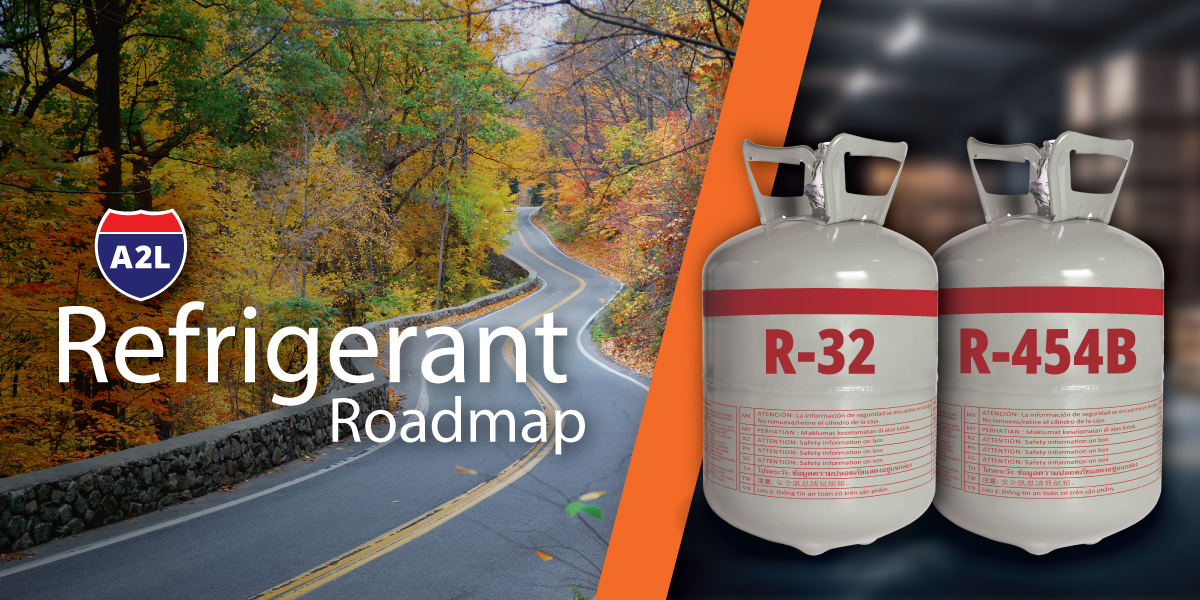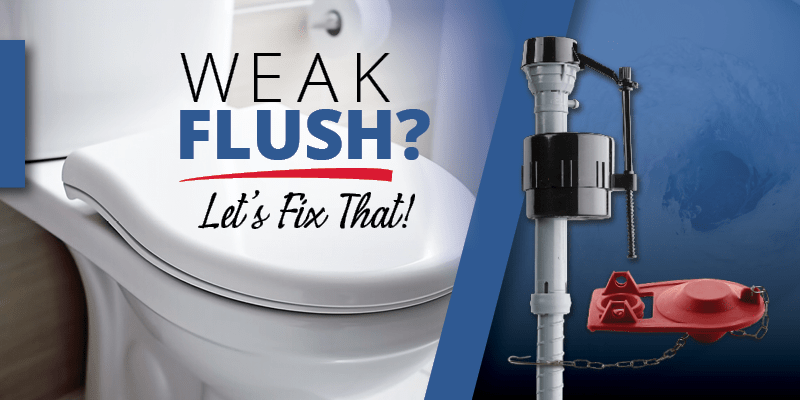Keep Your AC Running Right

Proper regular maintenance is the key to getting the most from any HVAC system. Knowing what to check and when to check it will ensure that systems work better, longer. Catch small issues before they become expensive problems. Proactive HVAC maintenance will also reduce emergency maintenance calls.
Reducing emergency maintenance calls is a key goal of all successful property management teams. Preventive maintenance is the most effective way to catch small issues before they become after hours calls. When systems go without proper maintenance, parts wear out sooner and small issues become big, costly problems. To prevent this, maintenance technicians should perform regular visual checks and annual tune-ups on all system components.
Is there a practical, realistic way for multifamily teams to schedule money-saving HVAC upkeep without pulling busy maintenance technicians away from immediate maintenance requests? Absolutely—yes!
To complete necessary maintenance without delaying a priority response to residents’ more immediate concerns, schedule maintenance in manageable time frames and use a checklist designed to catch issues before they become emergencies.
When maintenance teams complete these scheduled checks, they will be able to manage their workload while ensuring that every HVAC system on the property is properly maintained.
Quarterly Inspections
This is primarily a visual inspection that should take about 15 minutes. Check for potential issues that may impact the proper function of the system, before they become expensive water leaks or catastrophic system failures. Scheduling these inspections also allows management teams to learn about possible damage before residents move out, saving time and money. When performing a quarterly inspection:
- Check the condenser cabinet and components for damage
- Make sure the filter is clean, change as needed
- Look for staining, moisture, and leaks
- Visually inspect the coils to ensure they are clean
- Check the condensate drain line for proper flow
- Check the float switch to ensure proper function
- Look for issues that could generate a service request
Optimally, these checks should be performed monthly, especially in hot and humid environments, but that frequency may not be practical for multifamily maintenance teams. Schedule these preventive checks at least quarterly.
Preventive inspections are NOT service requests. This is just a check. If a repair is needed, the technician should generate and schedule the service request for another time.
Annual Maintenance
The annual HVAC tune-up is like going to the doctor for an annual checkup. A doctor will listen to your heart, check your blood pressure, listen to your lungs, and check your reflexes. An HVAC technician will perform similar tests on the HVAC system—checking each of these key indicators of system health:
- Refrigerant Pressures
- Air Flow
- Amperage Draw
- Thermostat Operation
The goal of annual maintenance is to determine the health of a system, so that the maintenance and management teams have a clear idea which systems:
- Are in good working condition
- May need repairs
- Should be replaced
This information makes annual HVAC maintenance a vital budget forecasting tool for multifamily properties.
Annual HVAC maintenance is also a time-saving tool. Waiting for systems to fail before addressing problems puts the maintenance team permanently behind. When they are playing catchup, minor issues can become major challenges, costing properties more time and money. That is another reason why a proactive HVAC maintenance plan is integral to a smooth multifamily operation.
Annual system maintenance will include checking the following parts for proper operation and any damage that may affect system efficiency.

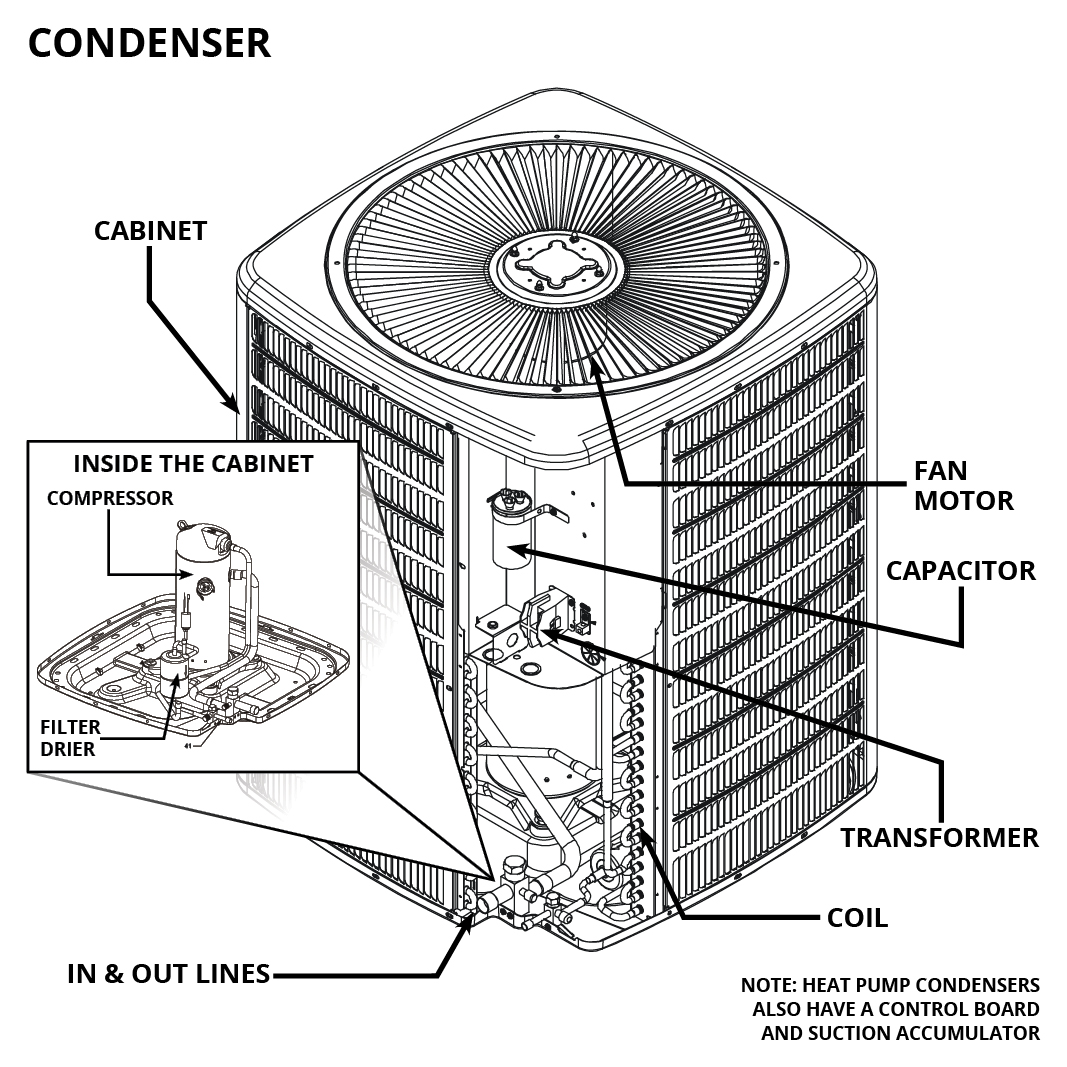
Maintaining the Condenser
- Clear the area around the unit of leaves, brush, and debris
- Check the cabinet for dents, cracks, or damage
- Check the fan for any damage
- Clean the condenser coil
- Check the compressor and accumulator (on heat pumps) for proper operation
- Make sure the cabinet has no leaves or other debris inside
- Make sure all electrical components, including safety controls and connections, are wired correctly and working properly
- Check for signs of leaks and any damage to the refrigerant lines
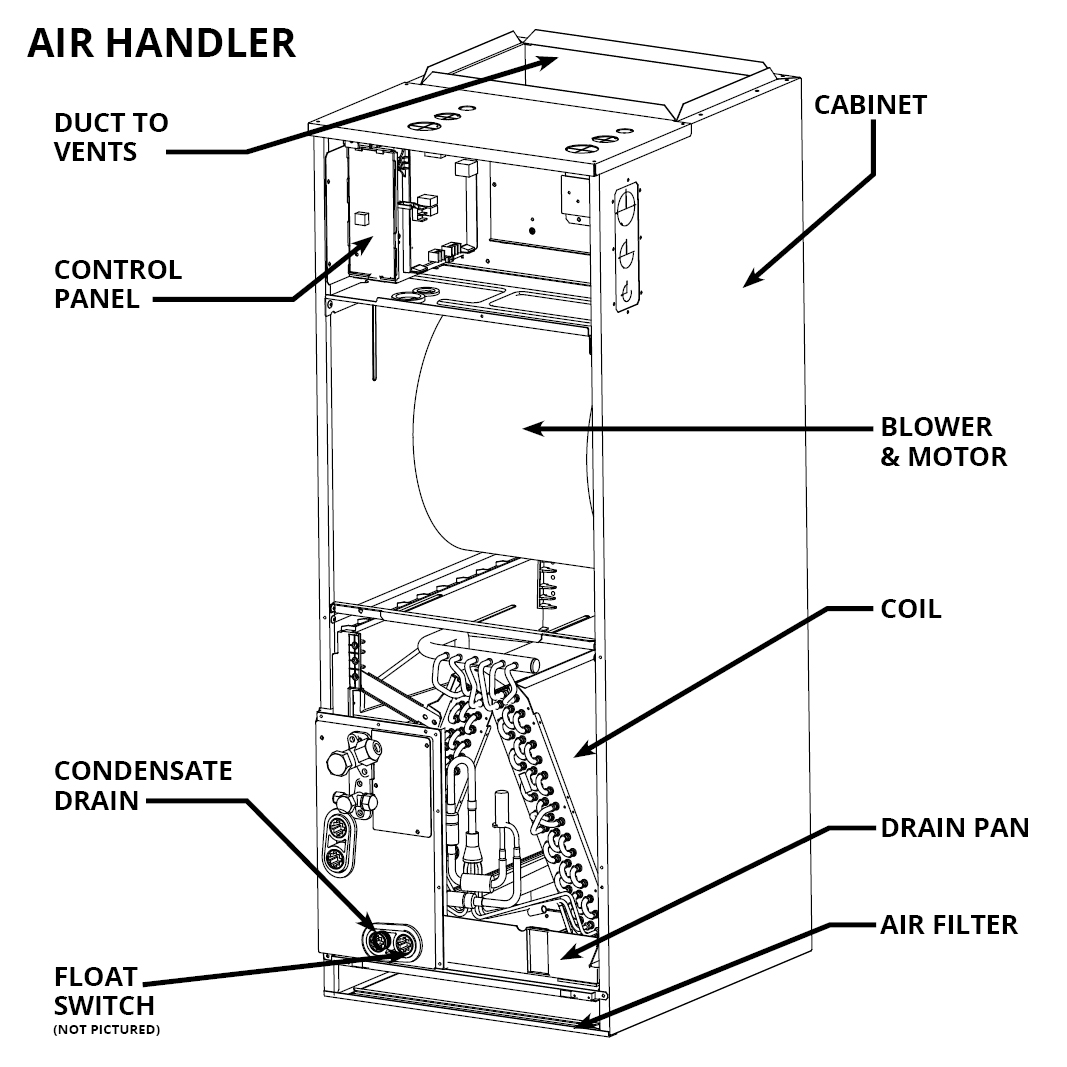
Maintaining the Air Handler
- Change the air filter as needed
- Check the cabinet for any damage or dents
- Clean any accumulated dust that might clog up the system
- Make sure the coil is clean and free of any dust, moisture, or ice buildup
- Ensure that the blower is operating properly
- Check the condensate drain line for any clogs, clean drain pan(s), add drain pan tablets as needed
- Make sure the float switch is operating properly
- Ensure all electrical components, including safety controls and connections, are wired correctly and working properly
Following a regular quarterly and yearly HVAC maintenance plan helps multifamily teams keep their communities running efficiently and safely, promoting resident satisfaction and potential renewals. These benefits—along with the time and cost savings—make HVAC maintenance a key factor in protecting the value of multifamily properties.

